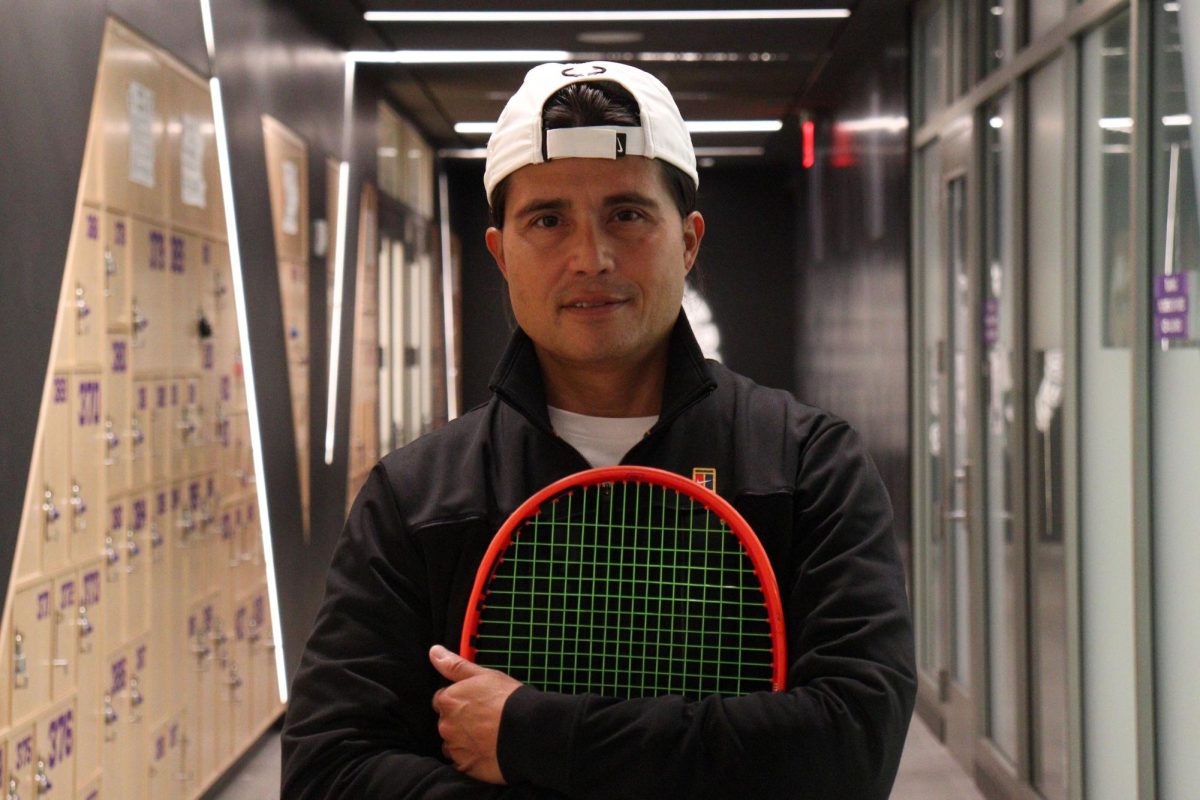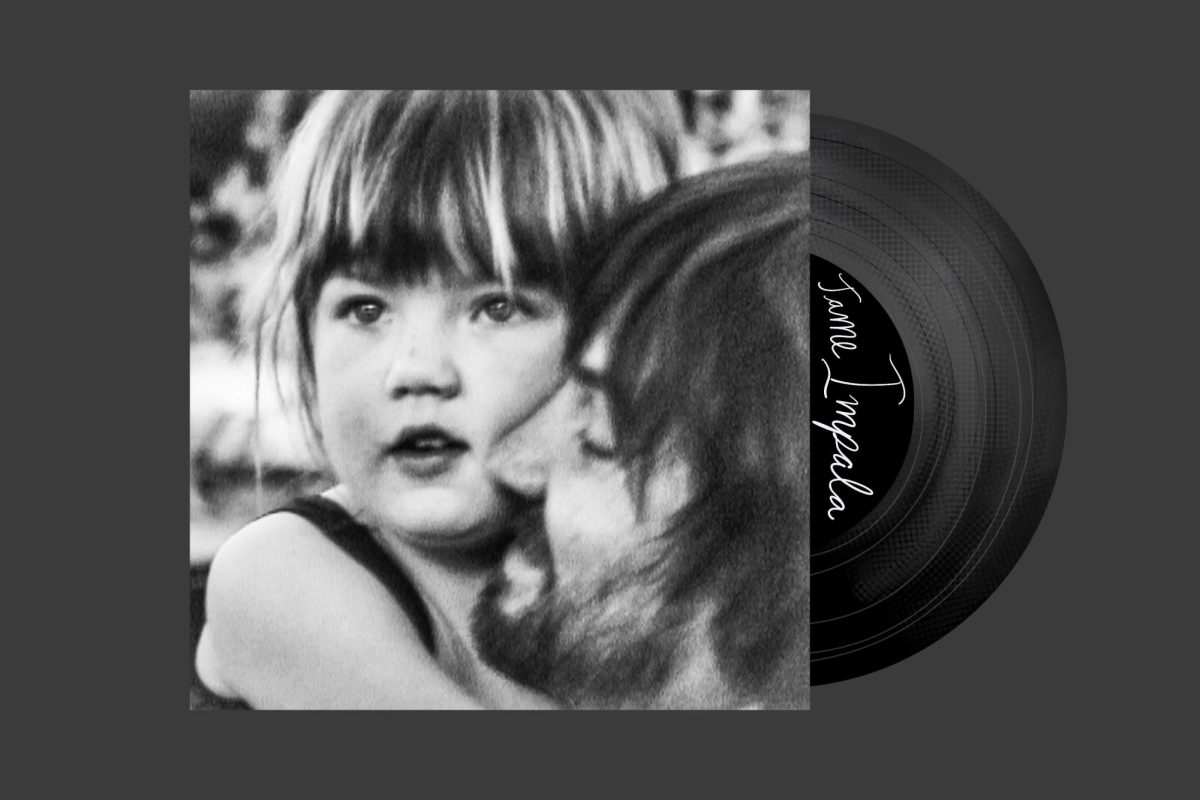Baking basics: from measuring to mixing
October 13, 2015
For many students, baking is a way to create the feeling of home while living on campus. The aroma of a freshly baked batch of brownies or a spiced pumpkin pie warms up the kitchen and results in a cozy room with sweet treats. But for people who didn’t grow up with a rolling pin in their hand, there are a few mistakes every beginner is guaranteed to make.
Many amateur bakers skip baking’s first crucial step — prepping your pans. This insures that your baked good will be the proper shape and won’t be left behind in the dish. The easiest way to get your pans slick is with cooking spray, but if you don’t have it on hand, you can simply spread a thin layer of butter around the dish and then add a dusting of flour to prevent sticking. Shake the pan upside down over the sink or trash can when you’re done, so you don’t get clumps of flour in your cake.
Then comes the most labor intensive part, the baking prep. Baking is a science. Unlike cooking, baking involves exact measurements. A common phrase in cooking is season to taste, but in baking, adjusting key ingredients like sugar can lead to disaster. One measurement that is often neglected is the oven temperature. Unfortunately, ovens often heat to temperatures slightly lower or higher than indicated. You can help keep the temperature even by preheating your oven for 15 minutes and keeping a metal on the bottom rack to radiate heat.
In assembling batters, crusts or creams, many students might use the same tool to measure wet and dry ingredients. This leads to inexact measurements of each product. As a rule, wet ingredients should be measured with glass measuring tools that typically come with a spout. For dry ingredients use metal or plastic measuring cups where measurements are made by filling to the top.
Another common mistake is in mixing the batter. Over-beating batter increases the amount of gluten, and makes the final baked good tough. Batter should only be mixed until flour is no longer visible.
Even once you’ve placed your cake or pie in the oven, things can still go wrong. It’s very tempting to open and close the oven door to check on the dessert. Just as measurements should be treated as a science, so should bake timing. Set a timer instead of using the eye to determine if a baked good is done. Opening and closing the oven can cause the oven temperature to plummet and the baked good to fall flat.
Lastly, once out of the oven, make sure to allow for proper cooling times. In general, you should let your dessert cool partially in the pan to so it can set. After 10 to 15 minutes, remove it from the baking dish to let it finish cooling on the counter or rack. Leaving the baked goods to fully cool in a baking dish allows moisture to build up and creates a soggy cupcake or bread. On the other hand, taking your dessert out of the pan too early can cause it to break or crumble. Waiting for your delicious treat to cool is difficult, but your patience will be rewarded with perfect baked goods.
Email Lauren Craddock at [email protected].
























































































































































